Everything comes from somewhere and is used for something. But what happens when we no longer have any use for it? Where does it go? Once we part ways with it, what does it become? What value does it have?
The stuff we leave behind can say a lot about how we live our lives - where we go, who we see, what we do, what we eat, and what keeps us going every day.
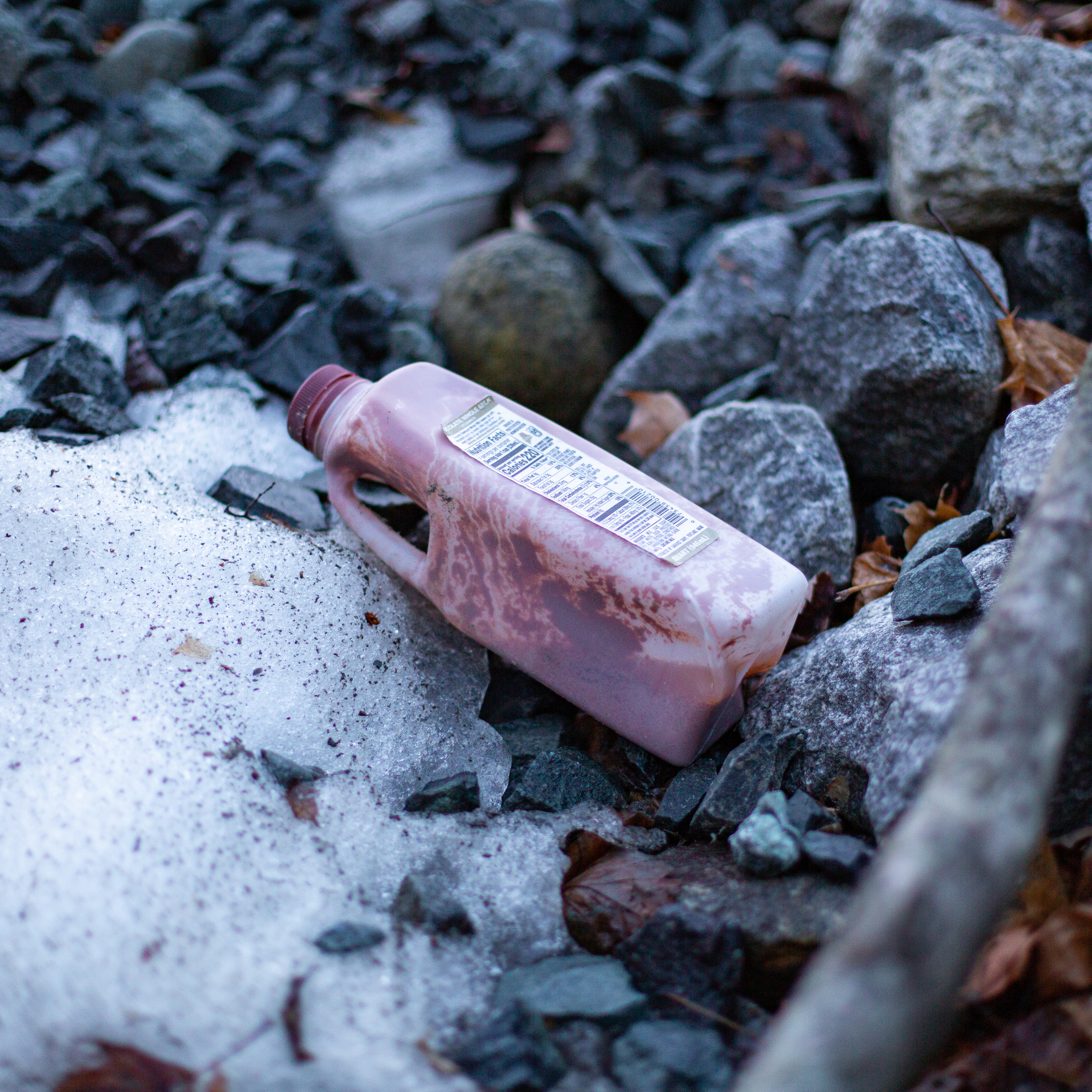

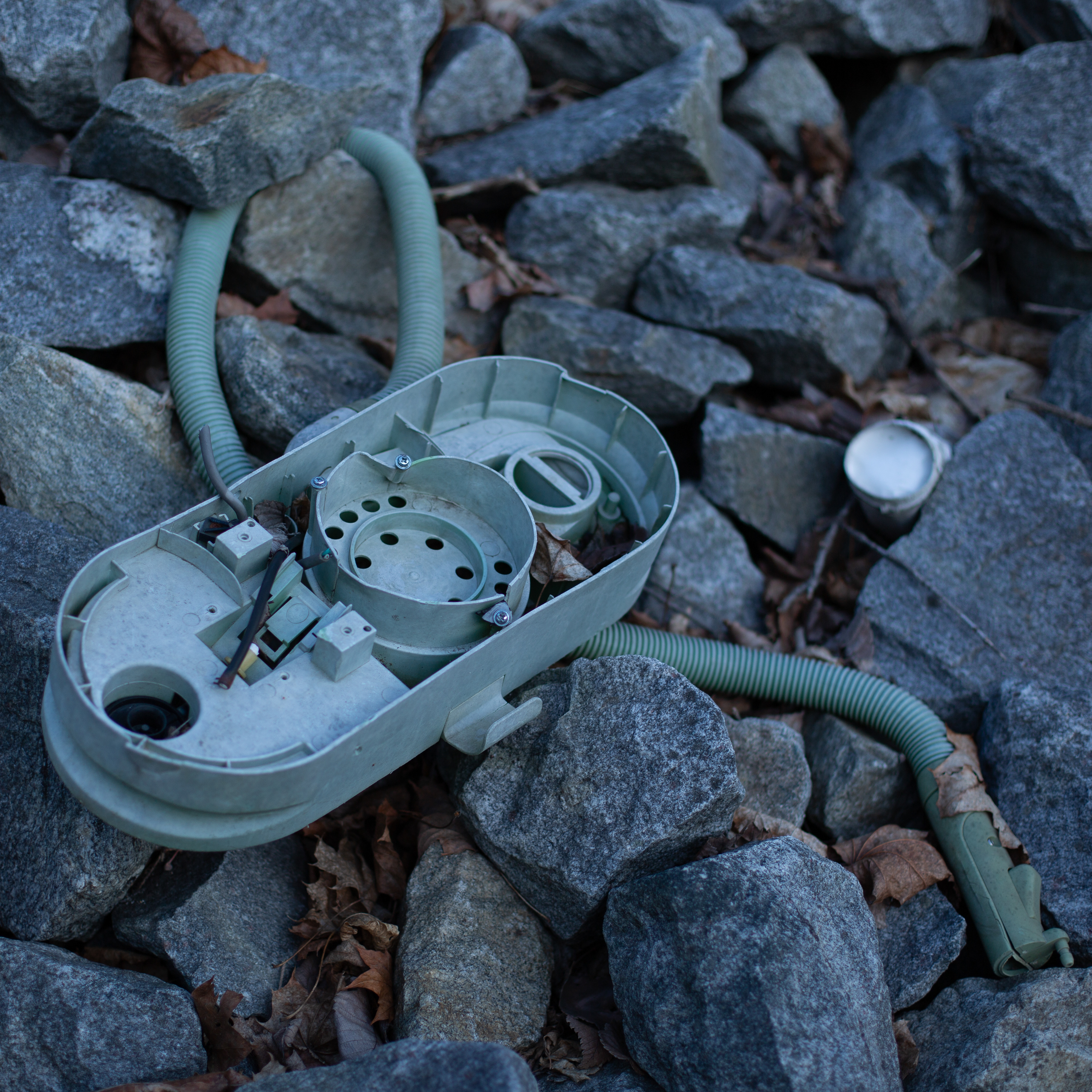

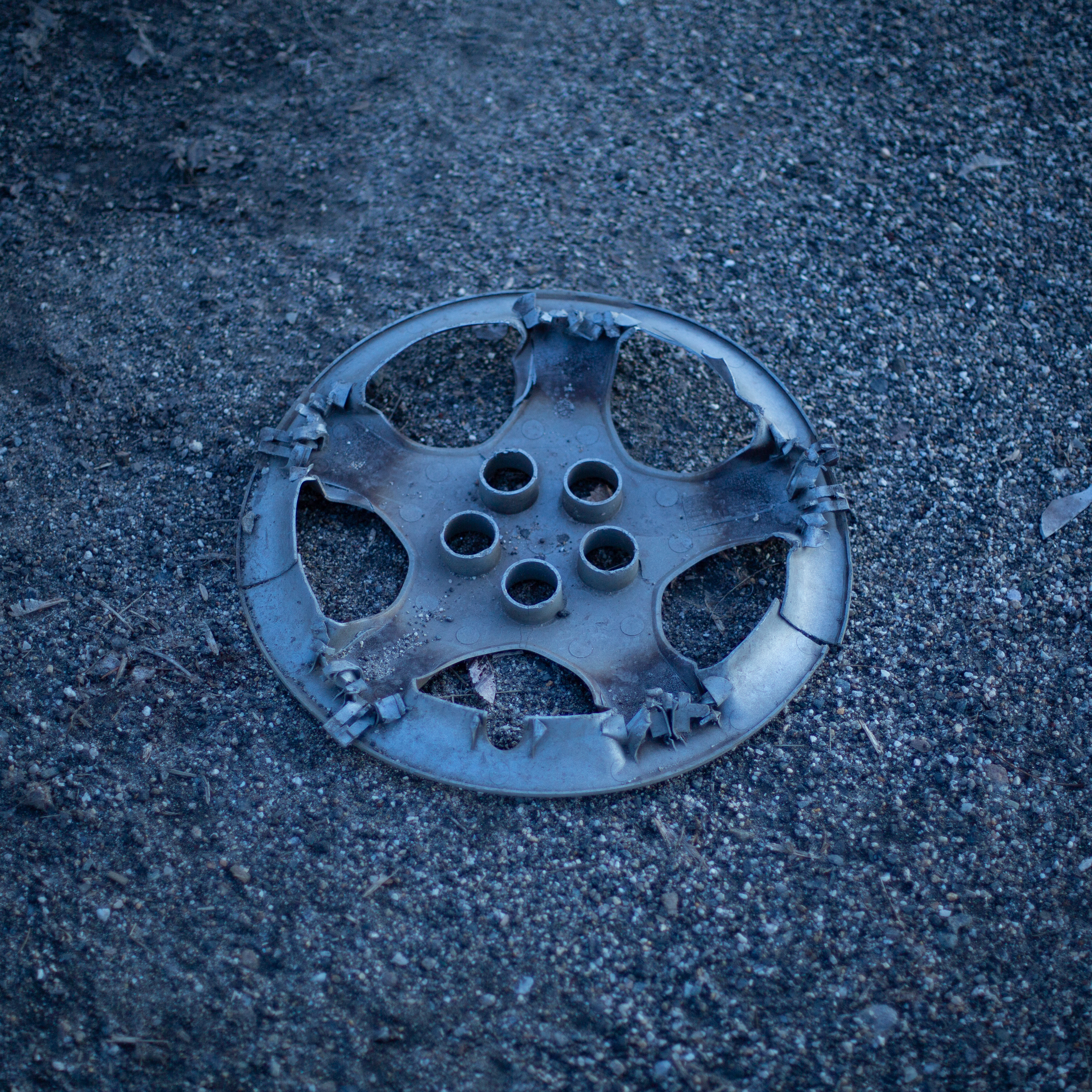


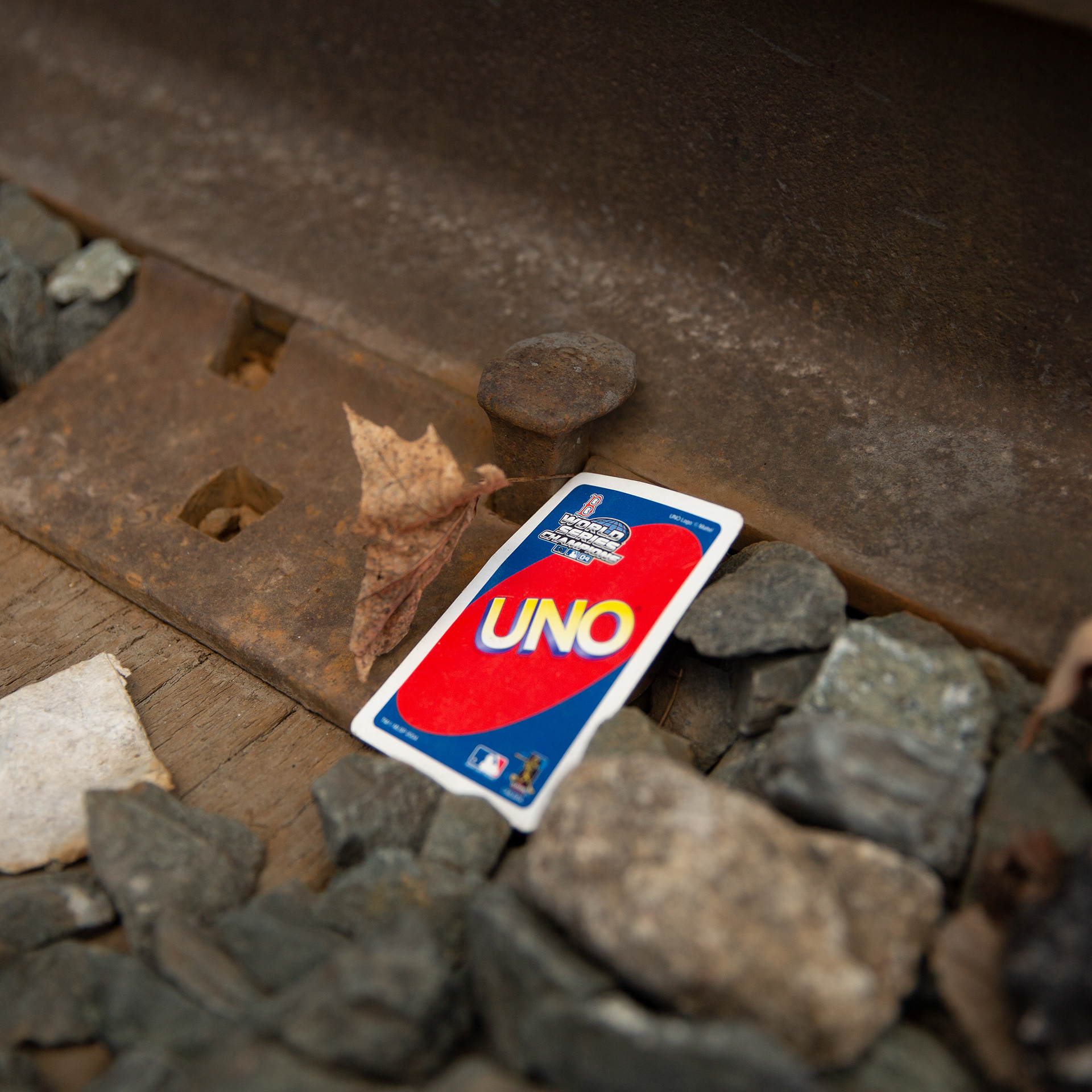


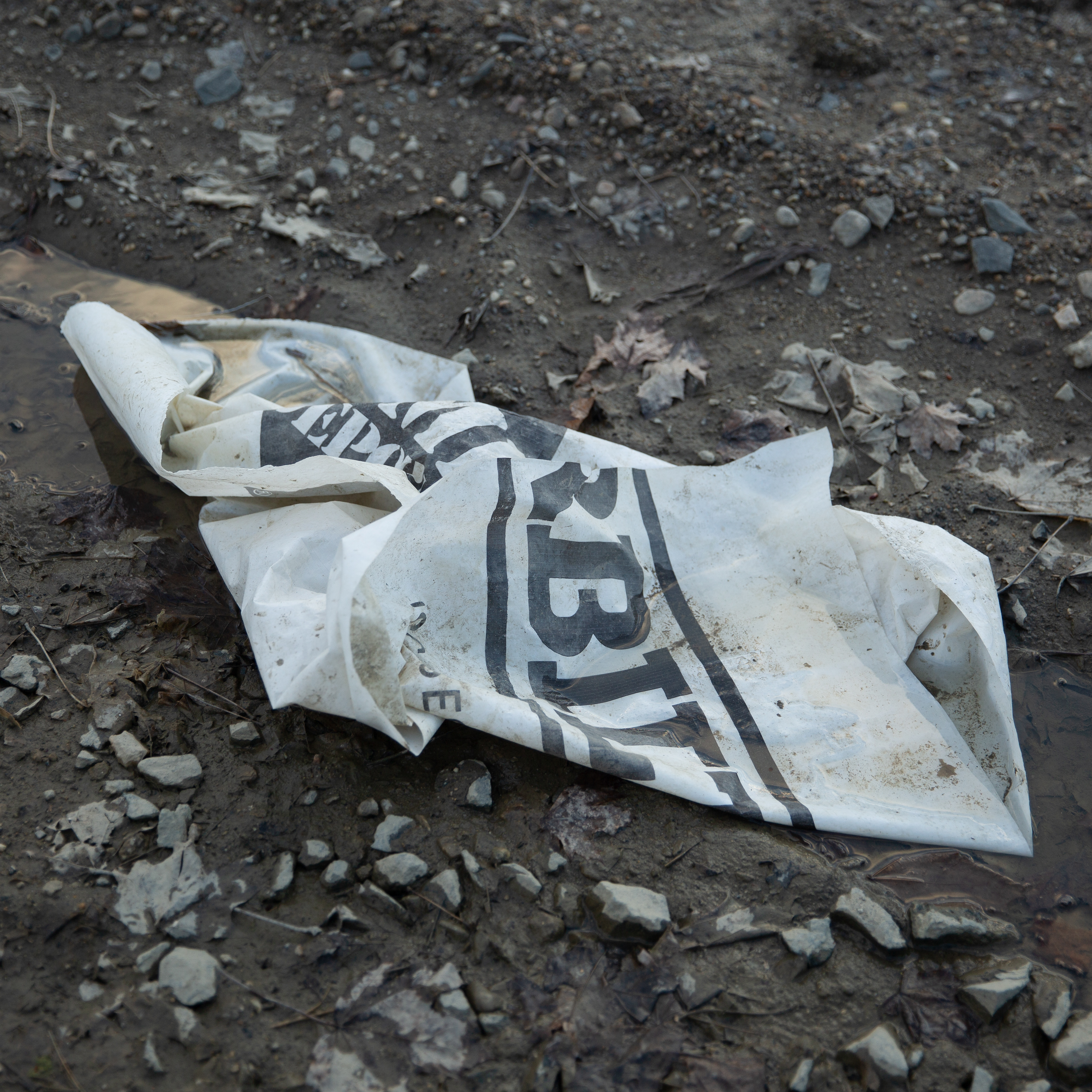
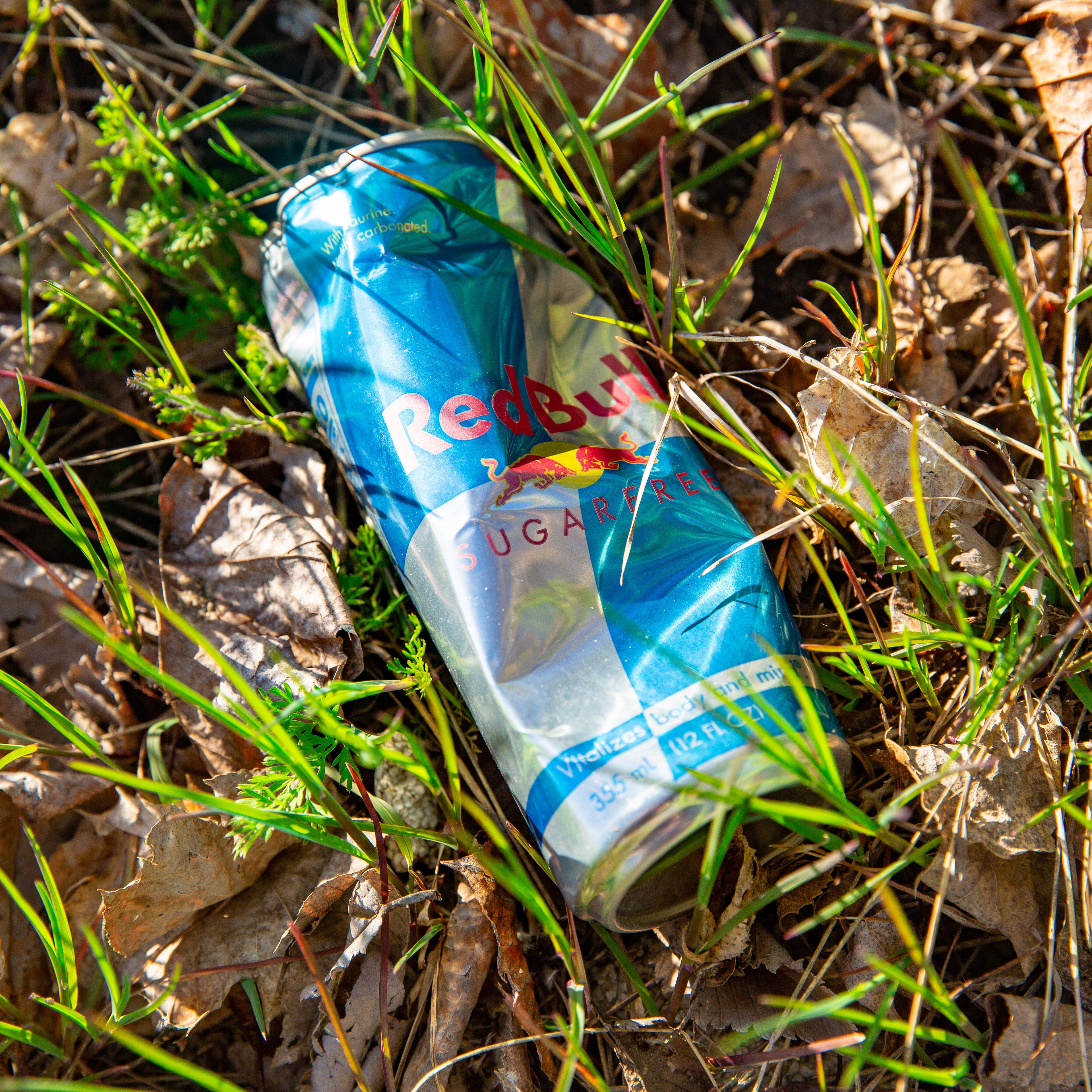
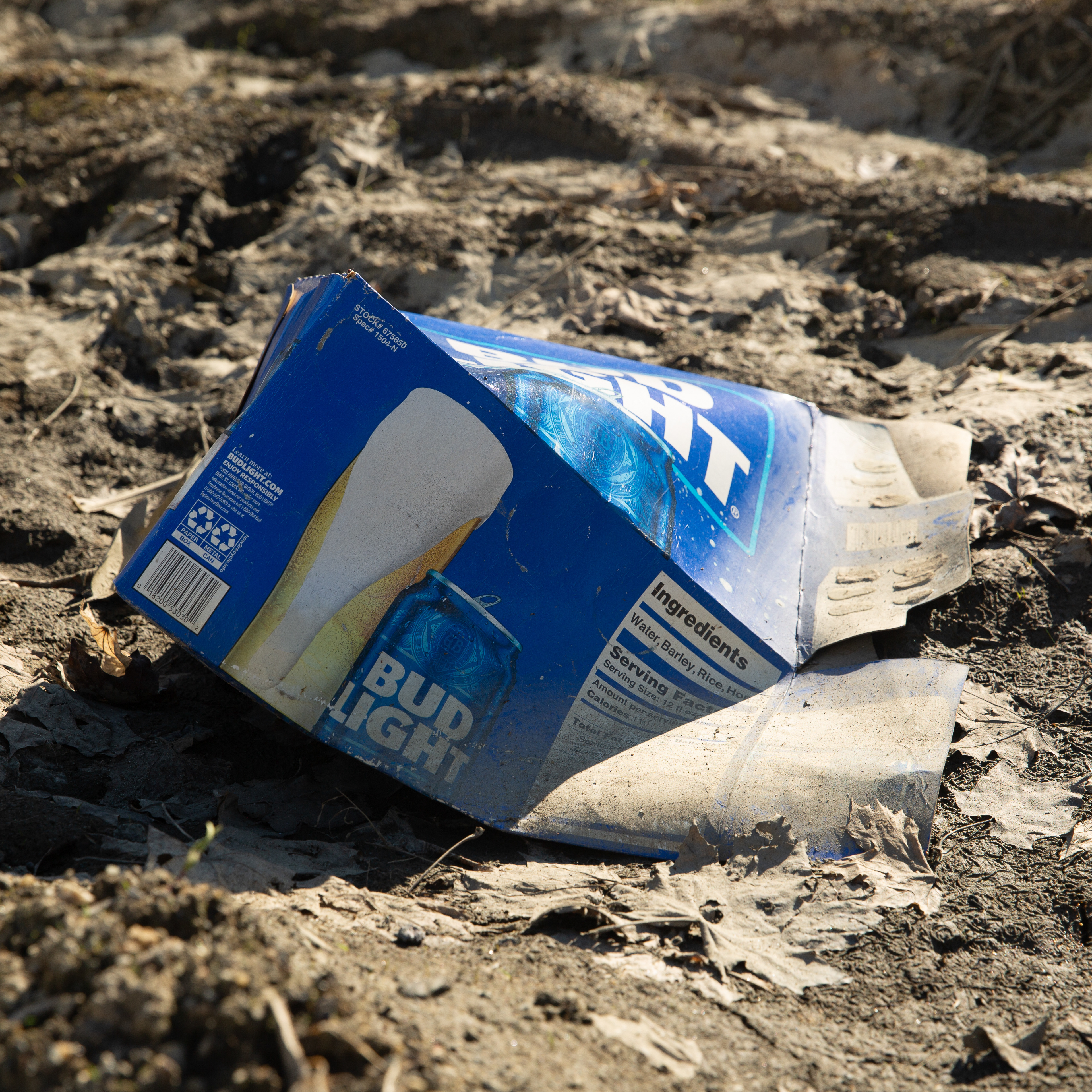

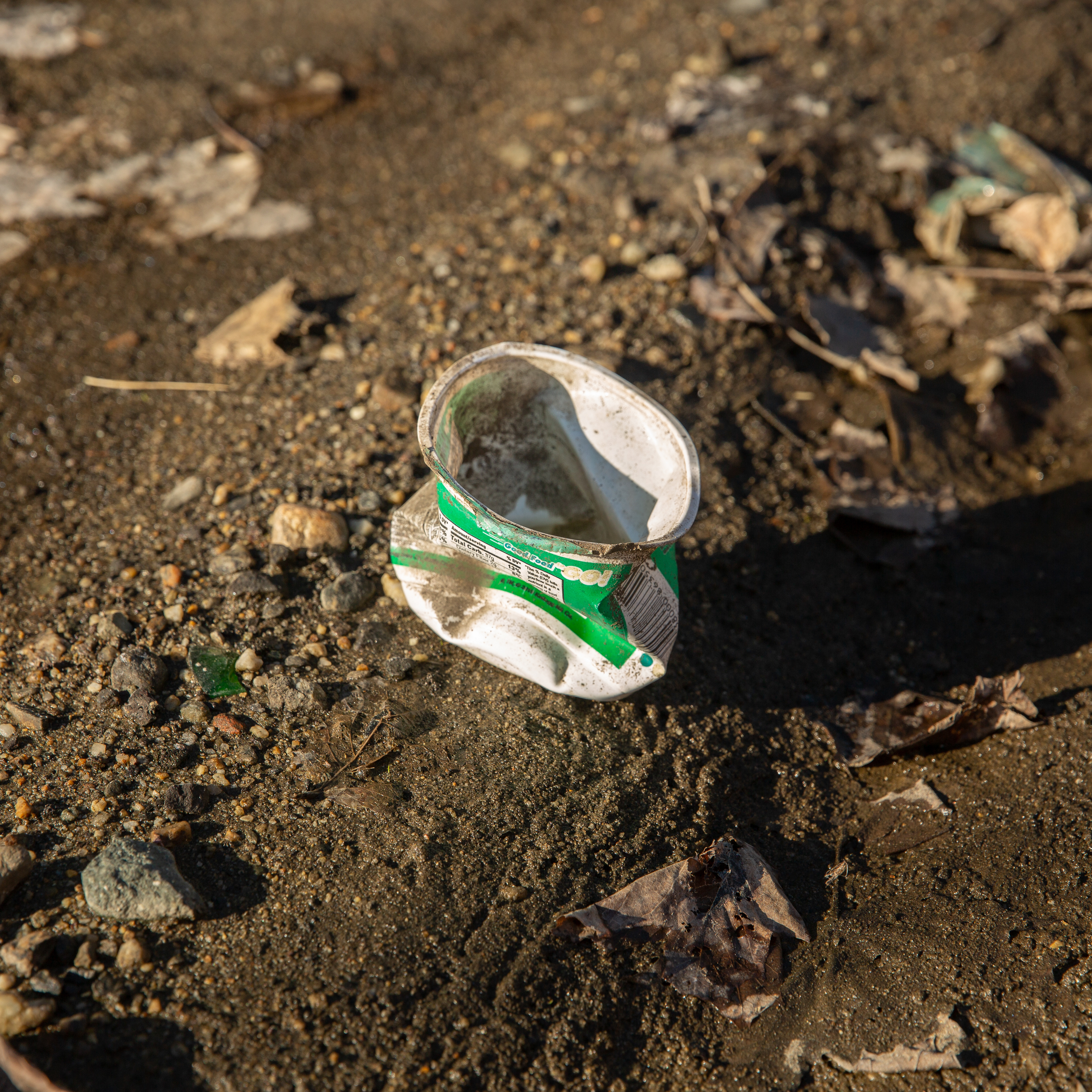
I spent two years wandering the streets of Lewiston, Maine with my camera. There was one particular section of the train tracks that I would almost always walk along, where each time I would find something strewn about the mud or sitting in a nearby ditch that I had not seen before. I wondered: how did it get there? Did someone bring it there and leave it? If so, why? And from where? I found myself asking more questions than I could reasonably answer, so I began taking photos of the objects. I thought that maybe by photographing them I could breathe new life into them and assign them a new purpose and value. Just because these objects appeared as trash didn't stop me from being curious.
This project explores trash. Specifically, it explores the questions: who or what determines the value of an object? How do we decide when something is trash, and why do we make that decision? In today's world, where we overproduce material objects and suffocate our environment with trash, it is more important than ever before to think about the value we assign to the things we buy, acquire, and collect.
I was interested in the shapes of these objects, their colors, and how they were situated. Using this selection of images, I simplified the objects and created graphic icons out of them. This step of the process was inspired by the pared-down illustrations of material objects by artist Michael Craig Martin.
Paring down each of these objects into simplified icons removed virtually all of their identifiable features. Taking this one step further, I removed the background in order to dislocate these objects from their original context.
Floating in empty space, detached from their context and identifiable qualities, the objects are no longer trash. I asked myself: what are they now? What can they be?
I wanted to see how these random objects would interact with each other when placed in the same context. I was interested in the way Still Life painting and photography uses arrangements of objects to create meaning, so I took these floating items and made arrangements out of them.
But what if I re-inserted their original context? How would that again change their value? Without a background, they are simply an arrangement of shapes and color. With a background, however, they are attached to a reality, a situation, a story.
Nick Charde
Building a Studio Practice
May 2022
Bates College